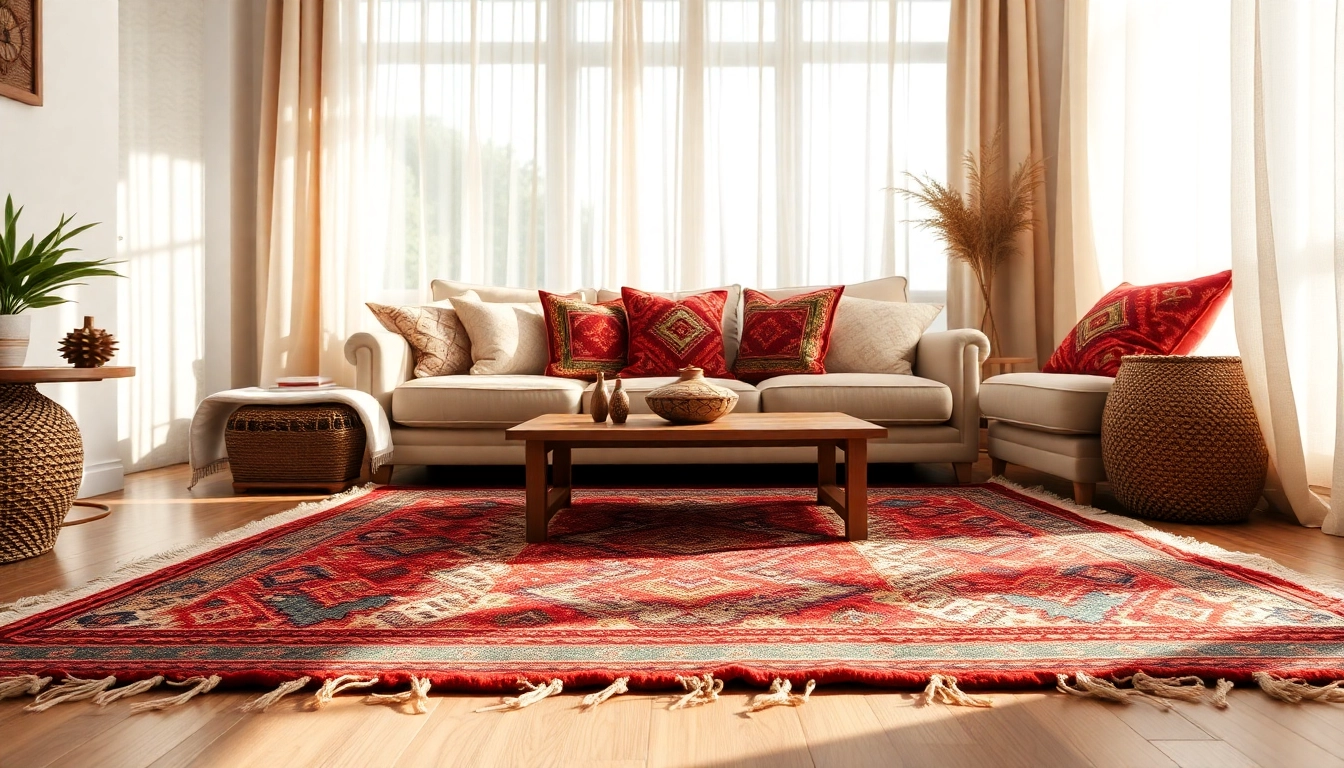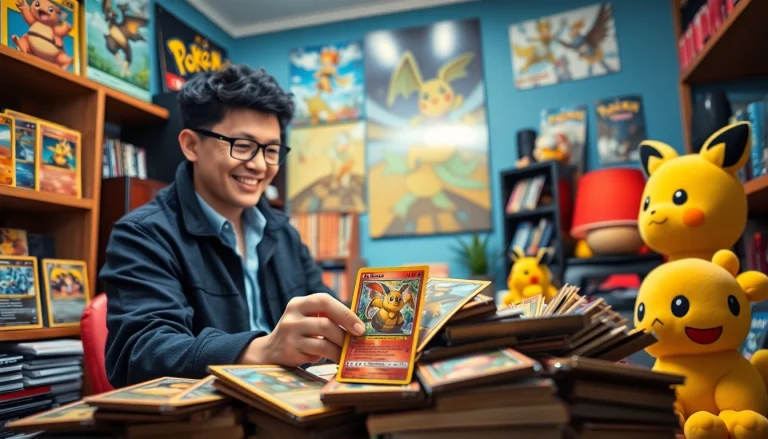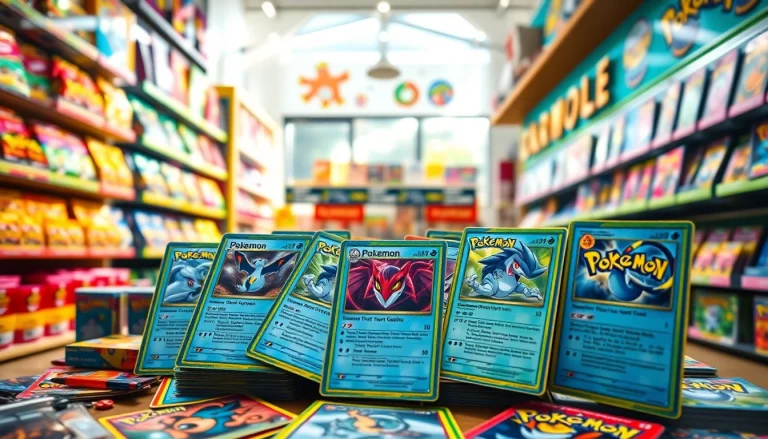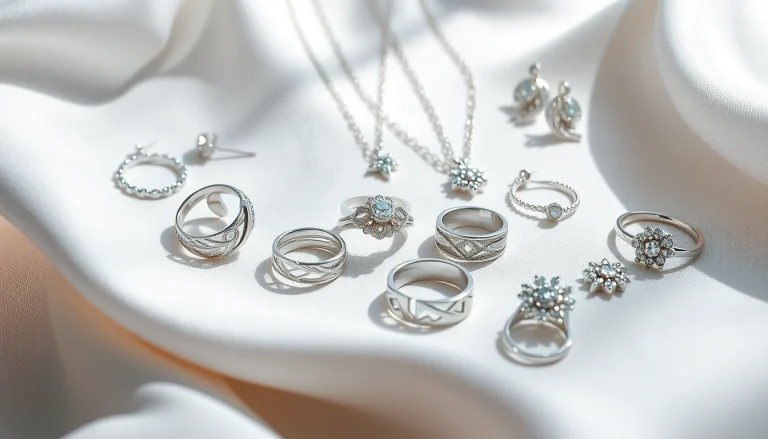1. Introduction to Moroccan Boucherouite Rugs
Moroccan Boucherouite rugs have gained significant attention in recent years for their unique aesthetics and cultural heritage. These handmade carpets, crafted predominantly by Berber women in Morocco, showcase vibrant colors, eclectic patterns, and a story woven into every thread. As home decor enthusiasts seek pieces that echo authenticity and artistry, understanding the allure of these rugs becomes essential. Whether you’re searching for an eye-catching centerpiece or a subtle accent for your space, Moroccan Boucherouite Rugs offer an alluring blend of tradition and contemporary design.
1.1 What Are Boucherouite Rugs?
Boucherouite rugs, translating loosely to “rag rug,” emerge from the innovative spirit of Berber artisans who use leftover fabric scraps to create functional art. Unlike traditional wool carpets that require specific weaving techniques and materials, Boucherouite rugs embrace eclecticism, allowing for creativity and spontaneity. This practice not only promotes resourcefulness but also transforms what could be waste into beautiful and practical art. The result is a range of textures, colors, and designs that represent the personal touch of each creator.
1.2 History and Cultural Significance
The origins of Boucherouite rugs can be traced back to the 20th century, evolving from the traditional Berber rug weaving practices that have thrived for centuries. During the economic hardships in rural Morocco, women began using leftover textiles to craft these colorful rugs as a means of income and self-expression. The significance of these rugs extends beyond aesthetics; they are an embodiment of cultural identity, storytelling, and the resilience of the Berber people. Each rug often tells a story or conveys messages through its patterns, colors, and shapes, intricately linked to the landscape, traditions, and experiences of the weaver.
1.3 Characteristics of Boucherouite Rugs
Characterized by their vibrant colors and unique patterns, Boucherouite rugs defy conventional design rules. They can feature a myriad of materials, including cotton, wool, and synthetic fibers, resulting in diverse textures. Generally, their patterns are geometric or abstract, each reflecting the weaver’s imagination. These rugs are often thick and plush underfoot, making them a delightful addition to any space. The use of various materials and a lack of strict rules in design leads to a distinctive individuality for each rug, offering a warm and inviting charm.
2. Choosing the Right Moroccan Boucherouite Rug
Choosing the right Moroccan Boucherouite rug for your home involves several considerations to ensure it complements your aesthetic and functional requirements. This section will guide you through size, color, and pattern selection.
2.1 Understanding Size and Space
The first step in selecting a Boucherouite rug is to assess your space. Consider measuring the area where you intend to place the rug to ensure it fits perfectly. Larger rugs can serve as the focal point of a room, while smaller ones can be used to define areas or add layers. Remember, a rug should not only fit the spatial dimensions but also the furniture layout, allowing for a harmonious flow.
2.2 Determining Color Palettes
The array of colors present in Boucherouite rugs vary widely, from soft pastels to bold, vibrant hues. Before you choose, take note of your room’s existing color scheme. You can either select a rug that complements your palette or one that contrasts dramatically to create a striking focal point. Consider the mood you wish to evoke, as colors can significantly affect the ambiance of a room. Warm tones can create a cozy and inviting space, while cooler colors may foster a sense of tranquility.
2.3 Selecting Patterns and Styles
The patterns on Boucherouite rugs can be geometric, abstract, or entirely unique. Take into account the overall style of your home—modern, rustic, eclectic—and choose a rug that aligns with or beautifully contrasts it. For a minimalist decor, a rug with bold patterns might create interest without overwhelming the space, while a more ornate design might enrich a rustic or bohemian setting.
3. Caring for Your Moroccan Boucherouite Rugs
To maintain the beauty and longevity of your Moroccan Boucherouite rug, proper care is essential. Here are some practical tips for upkeep.
3.1 Cleaning Techniques for Longevity
Regular cleaning of Boucherouite rugs helps prevent dirt buildup and extends their life. Vacuum your rug regularly using a vacuum cleaner with a gentle suction setting. In case of spills, blot the area with a clean, damp cloth immediately—avoid soaking the rug. For deep cleaning, consider professional cleaning services experienced with hand-woven textiles to ensure no damage occurs.
3.2 Repairing Common Wear and Tear
Over time, you may notice signs of wear such as fraying edges or loose threads. Addressing these issues promptly can prevent further damage. Use a fabric glue for small repairs or have a professional reweave damaged sections. Maintaining the rug’s structure not only preserves its beauty but also enhances its lifespan.
3.3 Preserving Color and Texture
To keep the colors of your Boucherouite rug vibrant, avoid placing it in direct sunlight for prolonged periods, as UV rays can fade fabrics. Additionally, rotating your rug periodically can help ensure even wear and preserve its texture, maintaining its aesthetic appeal over the years.
4. Incorporating Moroccan Boucherouite Rugs into Your Decor
Integrating Moroccan Boucherouite rugs into your home decor can enhance both the aesthetic appeal and cultural authenticity of your space. Here are some styling tips.
4.1 Styling Tips for Different Rooms
In living rooms, Boucherouite rugs can anchor seating arrangements, providing warmth and comfort. In bedrooms, they can create a cozy atmosphere when placed beside the bed or as an area rug beneath. In dining areas, they can soften the hard surfaces of tile or wood floors, enhancing the tactile comfort while dining. Additionally, using them in entryways can create a welcoming first impression for visitors.
4.2 Mixing and Matching with Other Textiles
Boucherouite rugs lend themselves well to various textile combinations. Pair them with natural materials like wood, stone, or leather to create an organic, cohesive look. Layering different textures—such as draping a lightweight throw over a piece of furniture—can add depth and warmth to your decor. When combining patterns, opt for complementary colors or differing scales to maintain visual interest without overwhelming the space.
4.3 Creating a Cohesive Look
To design a cohesive look, consider the overall theme of your home. Utilize a consistent color palette across your decor while allowing the Boucherouite rug to act as a statement piece. Ensure that furniture and accessories add to the overall aesthetic rather than detract from it. Accents like wall art or cushions in similar hues can tie the room together, creating harmony and balance.
5. Where to Buy Authentic Moroccan Boucherouite Rugs
Purchasing an authentic Boucherouite rug involves knowing where to look. This section will guide you to trusted sources and provide tips for ensuring authenticity.
5.1 Trusted Online Retailers
Several online platforms specialize in selling authentic Moroccan Boucherouite rugs. Ensure that retailers provide detailed photos, descriptions, and cultural history of the pieces they sell. Look for customer reviews and policies regarding authenticity guarantees, which can serve as indicators of a retailer’s credibility.
5.2 Local Markets and Artisans
If you have the opportunity to visit Morocco, local markets are treasure troves of unique, handcrafted rugs. Engaging directly with artisans not only allows you to see the craftsmanship firsthand but also supports local communities. Bargaining is common in these markets, but approach it respectfully—appreciation for the craft will lead to more meaningful exchanges.
5.3 Recognizing Authenticity and Quality
When purchasing a Boucherouite rug, it’s important to assess authenticity and quality. Authentic rugs will have variations in weave and color, showcasing their handmade nature. Look for signs such as irregular edges and asymmetrical patterns—signs of a crafted piece. Additionally, confident sellers will provide you with a backstory of the rug’s origins and the artisan’s journey, offering a deeper connection to your purchase.








